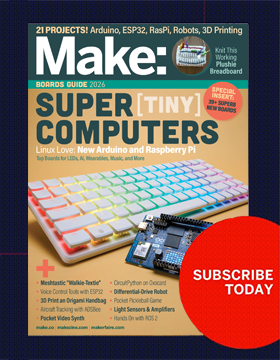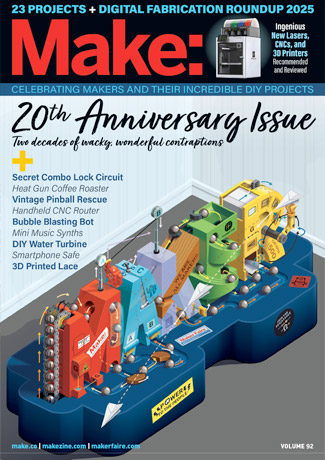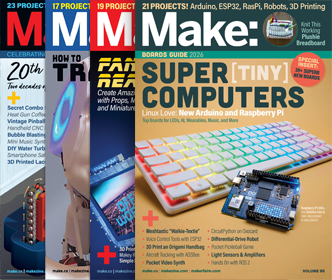

My daughters and I use our CNC mill to make custom aluminum parts for our robots on beatty-robotics.com. We didn’t know much about machining when we first started, so it took us a while to figure out exactly what accessories we needed. We now use these on nearly every job we run.

One of the biggest challenges of using a CNC is holding the stock in place. Much of your time and thought will be consumed by that subject. A t-slot table is great, but you need to invest in t-slot nuts, step clamps, step blocks, and other fixtures that fit your particular table. Nuts and studs are often sold with these kits, but we find these frustrating to use. Instead, we use a handled hex driver and a collection of socket head cap screws of various lengths.
Photo: Beatty Robotics
Photo: Beatty Robotics

For machining small parts, you’ll want to invest in a small- to medium-sized milling vise, which is a highly precise vise that has a low profile and is designed to be clamped down to your mill’s table. There are many types and sizes, and some of them cost hundreds of dollars, so double check your needs. We’ve tried many vices over the years, but we use a 4″ Quick Vise the most often, and at $59.95 it has a great price compared to the others. You may also want a set of parallels to hold the stock up and keep it level.
Photo: Beatty Robotics
Photo: Beatty Robotics

A pendant is a hand-held device that plugs into the USB port on your CNC computer and allows you to move the spindle with a dial so that you can position it at the beginning of a job. We use the iMach III, but others will also work. You can use the arrow keys on your keyboard, but we find the pendant to be much better.
Photo: Beatty Robotics
Photo: Beatty Robotics

You’ll need a method for finding and setting the exact x, y, and z position of your spindle with respect to your stock at the beginning of each job. There are various techniques for handling this difficult challenge, such as edge finders, lasers, and z-axis dial gauges, but here’s how we do it.
Photo: Beatty Robotics
Photo: Beatty Robotics

If you’re cutting metal, then you’ll probably want to use lubrication. There is elaborate equipment out there for flood and mist lubrication, but we use a simple aerosol can like Cool Tool II. Any type of tapping or cutting fluid should work.
Photo: Beatty Robotics
Photo: Beatty Robotics

We use a standard air compressor and trigger nozzle to spray chips out of the cutting path as the job is running (You must wear safety glasses!). Not every job needs it, but for many jobs, it’s critical to clear chips as as you go.
Photo: Beatty Robotics
Photo: Beatty Robotics

Using a CNC is about precision. We find that the 0-6” digital calipers are the go-to gauge 90% of the time. We used an inexpensive set for a couple of years, then upgraded to a pair by Mitutoyo, which are superb. We find micrometers, scales, and other gauges to be far less useful around the CNC mill.
Photo: Beatty Robotics
Photo: Beatty Robotics

We use a Fein shop vacuum to suck up the chips after the job is done, but any shop vac will do the job.
Photo: Beatty Robotics
Photo: Beatty Robotics
ADVERTISEMENT







